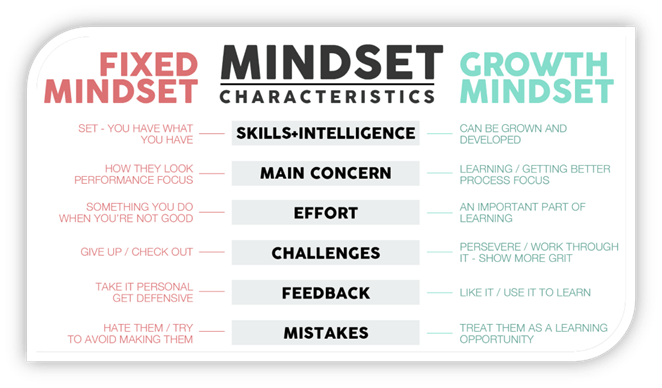Payments Leader
Welcome aboard! Navigating leadership
May 2, 2017
Brian O'Neill
Ships come in all shapes and sizes and serve many different purposes. That said, there is only one ship that you build, operate and most importantly, navigate – that is your leadership.
Nautical puns aside, charting your own career path or helping steer a member of your team to develop their leadership skills has never been more important than it is in today’s fast-paced, high-velocity workplace.
Two schools of thought on leadership
The concept of leaders and leadership typically falls into one of two distinct schools of thought:
- The born leader
- Leadership is a skill that can be learned
While any parent or teacher can readily point to a child that exemplifies a “leader,” assuming this skillset is only heaven-sent embraces a fixed mindset. In other words, it assumes that your leadership skills are predetermined.
Conversely, if you embrace a growth mindset, you are open to the idea that leadership can be learned, honed and developed. But like any skill, it requires an investment in time, energy and effort to ensure a positive outcome.
What do our “mindset characteristics” have to do with our leadership approach? Well, everything. It helps frame an approach that will allow us to look within ourselves and others to see the opportunity for untapped potential.

I’m sure that you are now asking yourself, “do I have a fixed mindset or a growth mindset?” The answer is yes. Ultimately, we have both, and sometimes for that very reason, it can create internal conflict. That said, for today, let’s explore the growth mindset and how that impacts our own leadership approach.
Leaders are made, not born
With discipline and practice, you absolutely can learn to be an effective leader. Practice starts with two very simple, but incredibly powerful words: I will.
I will . . . invest in myself to better understand how to excel in my role.
I will . . . continue to learn, develop and change.
I will . . . look out for my teammates.
I will . . . LEAD!
Leaders don’t need titles
Leadership isn’t just for senior executives and CEOs. Each one of us needs to understand how to innovate, how to work with others and how to communicate effectively.
In “You Don’t Need a Title to be a Leader,” Mark Sanborn discusses how anyone within an organization can be a leader:
“Leadership isn’t about having a title. Often, the strongest leaders in an organization, and in life, are those who don’t have official titles. When staying at a hotel, you rarely meet the general manager, but you always meet the front desk personnel and other staff. It is their service leadership that determines whether you’ll be back or not. The fact is, anyone who wishes to shape their own lives and positively influence the lives of others is a leader.” At the end of the day, each one of us is a leader – as a coach of a youth team, as a church member, as a part of the neighborhood homeowners’ association, as a member of a team at work. What makes you a great leader is all about your commitment, your belief and your actions. In other words, leadership, and the act of leading, is something we should all embrace, regardless of title.
So how do you define leadership?

Leadership: one definition
In transformational leadership, an effective leader is a person who:
- Creates an inspiring vision of the future
- Motivates and inspires people to engage with that vision
- Manages delivery of the vision
- Coaches and builds a team, so that it can achieve the vision
But, what if I’m not the visionary? Am I allowed to sit back and wait for someone above my pay grade to share said vision?
Leadership: a better definition
I believe this excerpt from a Business News Daily article speaks to leadership in a more practical, readily executable form – derived from what leadership means to some nationally-recognized leaders. Leadership encompasses:
- Pursuing the bettering of your environment
- Knowing your team and yourself well
- Giving people the tools to succeed
- Having an open, authentic, and positive influence
- Helping others achieve the impossible
There are two unique themes that exist within this construct: love and generosity.
By love I mean it in terms of “being there for someone.” Leaders who put others first (AKA the servant leader) are more likely to have highly engaged and motivated teams. Leaders who are generous with their time, attention, direction, vision and passion are perceived as putting others first. Whether that entails ensuring your teams have the tools needed to succeed (from physical equipment to a defined strategy) or being there to help them achieve the possible, generosity is at the core.
Docking the Ship
How you captain your leadership is entirely up to you, but docking the ship impacts others. It is imperative that leaders maintain a growth mindset and recognize the capacity in our team members for them to lead, regardless of their titles.
Moreover, it is our responsibility to demonstrate love and generosity to our teams to ensure engagement and optimal performance.
Along the way, the culture created will yield not only the next generation of leaders but ensure that the day-to-day actions that make the difference between success and failure are led correctly and consistently by all team members.